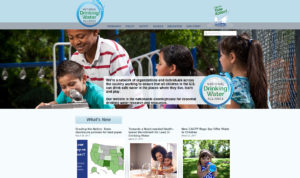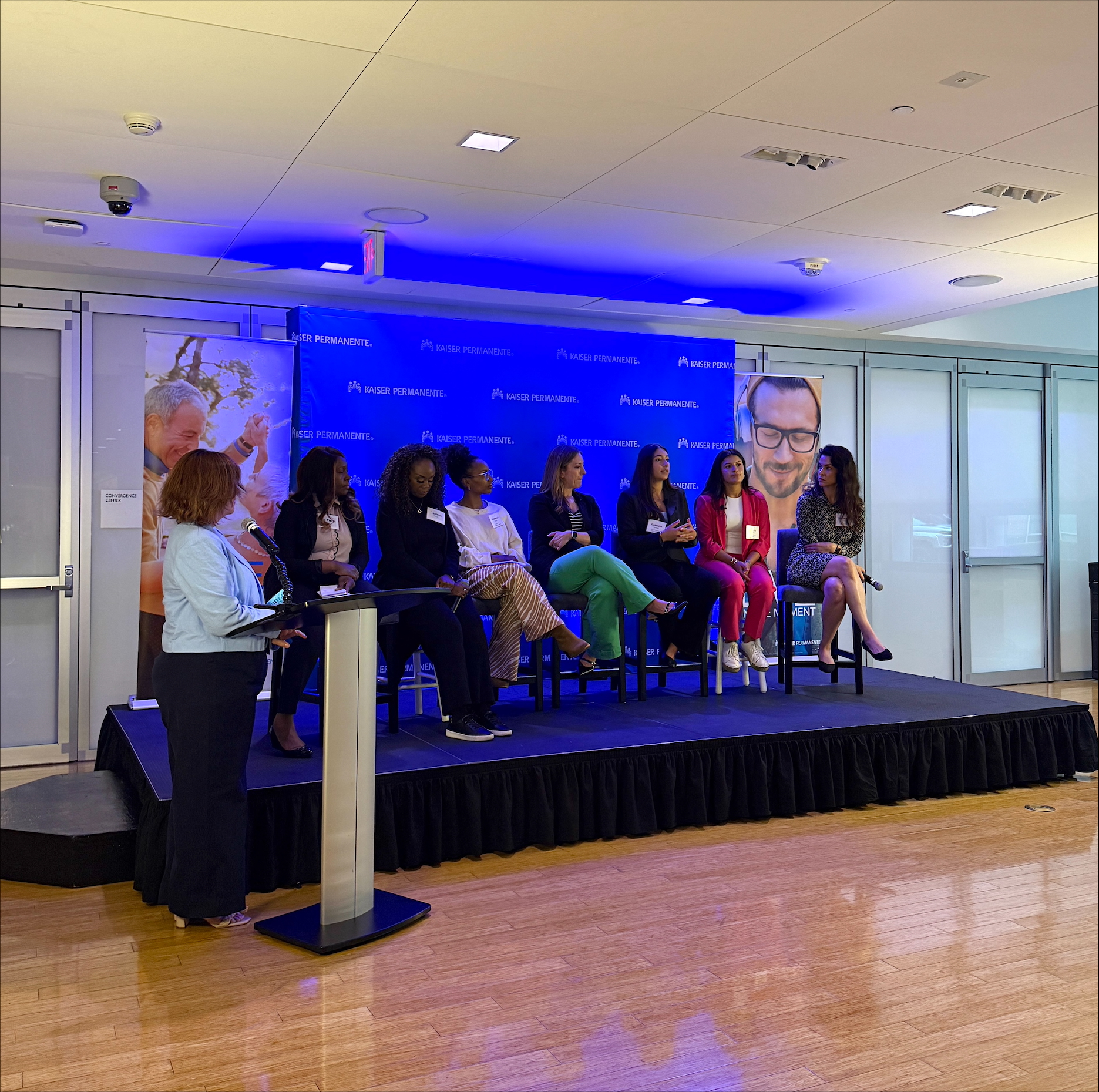Access to free, safe drinking water is critical to students’ health and wellness, but sometimes this basic beverage is overlooked.
The National Drinking Water Alliance is network of organizations and individuals across the country working to ensure that all children in the U.S. can drink safe water in the places where they live, learn and play.
Kaiser Permanente’s Thriving Schools is partnering with the alliance to raise awareness and be a voice for drinking water.
“Together, we can improve access to drinking water in schools, use local school wellness policies to improve water quality, educate families, help people pledge to drink water instead of sugary beverages and much more,” said Christina Hecht, PhD, a senior policy advisor with the University of California Nutrition Policy Institute.

To help address critical issues of safety, access and promotion, the National Drinking Water Alliance hosts a nationwide clearinghouse for essential drinking-water research and resources. There, you can find the means to take action with policy information, water-safety information and tools for schools and communities.
Hecht studies drinking water access and consumption, particularly in children. She works with colleagues across the country to promote and advocate for drinking-water access and to reduce disparities in access to and consumption of healthy beverages.
“Sugary drinks are the top source of added sugars for all children and adults, and the single largest source of calories for teens ages 14 through 18. This is why helping people make the switch to plain water is an important public health strategy,” said Hecht.
The Nutrition Policy Institute serves as the hub for the National Drinking Water Alliance. Through a partnership with Thriving Schools, they develop and provide a variety of educational materials on drinking water safety, access and promotion.

Zero calories, limitless benefits
Encouraging more people to drink more water — and promoting tap water whenever possible — is fundamental to the National Drinking Water Alliance’s multipronged, collective and strategic approach.
The alliance works to address the systemic problems and issues related to drinking water for children.
Check out these important facts from Hecht and the alliance that reinforce the importance of making the availability of safe and free drinking water at school a priority:
-
- Drinking water can help you stay focused and be ready to learn. Research shows the benefits of hydration for children’s cognition and attention. Adequate hydration plays a role in students’ mental and physical health.
- Choosing water over sugary beverages is the healthy choice. Make that drink plain water to avoid the calories and sugars and to help prevent obesity, diabetes and other metabolic diseases. Keeping the mouth free of sugary liquids can lower the incidence of cavities.
- More than half of school-age children are under-hydrated, or inadequately hydrated. Kids should be drinking plenty of water throughout the day, at meals and during recess and breaks. Schools can provide free water in a variety of ways: water pitchers and cups on lunch tables, water dispensers, or filling stations allow students to fill their own bottles or cups. These methods provide more effective access to water than traditional water fountains.
- Safe drinking water is on people’s minds. Water-pollution concerns are at their highest levels in more than 15 years, with 63 percent of Americans saying they worry a great deal about pollution of drinking water. It is estimated that 95 percent of public water systems supply safe drinking water. Before we encourage kids to drink water, we need to make sure that it is safe. By advocating for water-quality testing at the tap, the alliance helps vulnerable communities protect children from unsafe water, particularly water contaminated by lead, which can be introduced after water leaves utility water mains.
- A School Wellness Policy can help ensure access to water for students and staff. Don’t forget to include drinking water in your School Wellness Policy. In adherence with the USDA final rule, all schools participating in the National School Lunch Program need to have a policy in place by June 30, 2017. The National Drinking Water Alliance provides a guide for specific and actionable language needed to support drinking-water quality, available water sources and water-drinking promotion.




